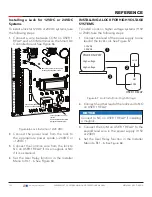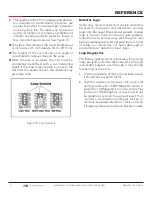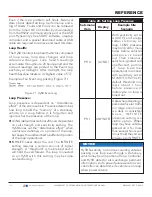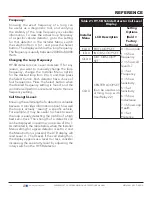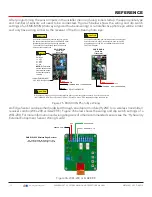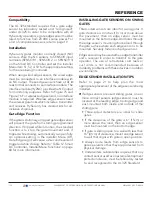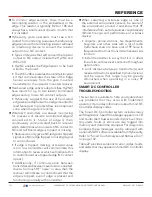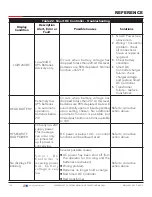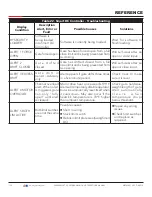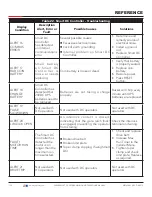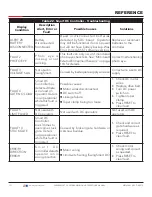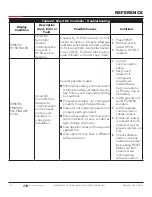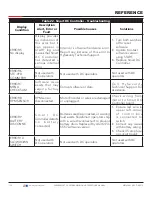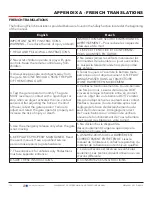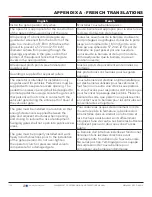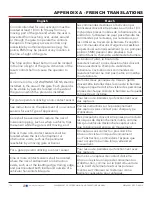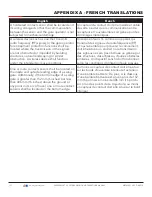
z
To monitor edge sensors, there must be a
terminating resistor in the embedded in the
edge. This resistor is typically 8.2K or 10K and
always has a small current draw to confirm that
it is installed.
z
HySecurity gate operators must see a NC
contact for monitoring purposes, therefore any
edge sensor with a terminating resistor will need
an interfacing device to convert the resistor
output into a NC contact.
•
Types of devices that will convert the resistor
output to NC output include the Hy2NC and
WEL-200.
•
Hy2NC enables the Edge Sensor to be hard
wired to the board.
•
The WEL-200 is a wireless transmitter/receiver
kit that communicates the state of the Edge
Sensor wirelessly from the gate mounted
transmitter to the operator mounted receiver.
z
Hard-wired edge sensor adaptors (like Hy2NC)
have inputs for up to two resistor terminated
edges and up to two NC contact outputs.
•
HySecurity suggests the use of hard-wired
edge sensor adaptors with an edge mounted to
lead fence post to protect draw-in entrapment
zone when the gate is running.
z
Wireless transmitters are always monitoring
for presence of resistor terminated edge(s)
connected to it. Status of edge is then
continuously communicated back to receiver
which determines when to switch NC contact to
NO and tell board edge is tripped or missing.
•
Receiver can only give a NC (edge not tripped)
signal or a NO (edge tripped or missing) signal
to control board.
•
If edge is tripped, missing, or resistor value
is too low, transmitter will communicate this
information to receiver which will indicate this
to control board as a tripped edge (NC contact
opens).
•
Additionally, if communication between
transmitter and receiver is ever lost or corrupted,
due to too much RF “noise” in area, then the
receiver will indicate to control board that the
edge is tripped, even if edge is present and
functioning normally with transmitter.
REFERENCE
z
When selecting a wireless edge as one of
the external entrapment sensors, be aware of
the environment around it and know that RF
interference from outside sources can drastically
diminish range and performance of wireless
device.
•
Airports, police stations, fire departments,
hospitals, and other sites with a lot of radio
traffic have shown to have a lot of RF noise in
frequencies that most transmitter/receiver kits
function.
•
Install transmitter in a way that it is in direct
line of site with receiver’s antenna throughout
gate motion.
•
Limit distance between transmitter(s) and
receiver(s) to what is specified by manufacturer,
and be aware that range may be greatly
diminished when operating in a noisy RF
environment.
SMART DC CONTROLLER
TROUBLESHOOTING
This section is available to help you troubleshoot
any problems that may occur with SlideSmart
operator. It provides information about Smart DC
Controller display codes.
The Smart DC Controller system includes many
self diagnostics. Specific messages appear on LCD
and Audio Alert buzzer sounds distinctive chirps.
Any alerts, faults or errors are also logged into
memory and date/time stamped. For diagnostic
purposes these messages can be retrieved with
optional START software available from HySecurity.
Refer to "Smart Touch Analyze and Retrieve Tool"
.
Table 22 provides solutions to error codes, faults,
and alerts that may appear on Smart DC Controller
display.
123
| www.hysecurity.com
SWINGSMART DC PROGRAMMING AND OPERATIONS MANUAL
MX3640-01 REV. D ©2018

